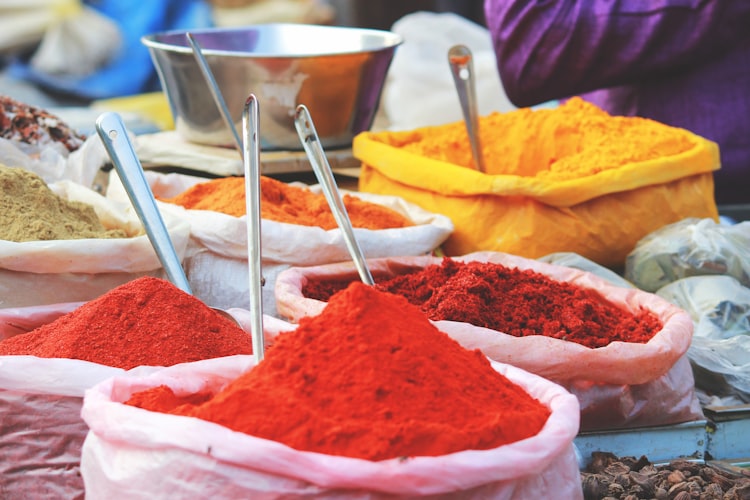
Live Online Class - RNAseq Data Analysis using R
If you like to use R for RNAseq data analysis, please join our online class on Dec 1/8/15 at 10AM-1PM Pacific time. This module is designed for those from biology background.
Overview
RNAseq is a major application of high-throughput sequencing technologies (NGS), but researchers in biology often struggle with data analysis. This module teaches you to use various R-based tools for exploring RNAseq data. It is designed for those from biology background, not computer scientists.
You will learn to combine tables of data and annotations and find the expressions for a gene or a subset of genes (e.g. all transciption factors). You will also perform differential expression analysis to identify genes over-expressed or under-expressed under a condition. Finally, you will learn to use Kallisto to map raw short read data (FASTQ) on to the annotated genes to find expression levels.
The module is taught live online in three sessions using a chat-based platform. Every week, we will send out class materials on the prior Tuesday so that you get enough time to go over the materials. The classes will run for two hours, and then you have an additional hour to practice the tools and solve problems.
Sessions
First Session
Reading and writing external csv/excel files into R.
Using dplyr library (select, filter, mutate, arrange) for extracting rows or columns from the file.
Joining multiple RNAseq data sets using dplyr and extracting information.
Generating summary statistics and plots of RNAseq data.
Second Session
Differential expression analysis (DESeq2, edgeR, limma-voom, sleuth).
Clustering and heatmap plots of differentially expressed genes.
Third Session
Introduction to using Linux operating system.
Mapping of Illumina short read data (FASTQ) on to annotated genes using Kallisto.
Questions You Will be Able to Answer after This Module
You have an Excel file with RNAseq data from four samples along with gene IDs and another file with gene annotation details. i) Find the expression level of gene Hox1a by merging two tables. ii) Find the expression levels of all Hox genes. iii) Find average expression level for all transcription factors. iv) Compare the expressions of transcription factors and signaling genes by plotting as histograms.
You have an Excel file with RNAseq data from four samples along with gene IDs and another file with gene annotation details. i) Find the differentially expressed genes in your experiment. ii) Plot heatmaps for those differentially expressed genes and cluster similarly expressed genes.
You have short read data sets (FASTQ) from NGS experiment and also annotated genes from the organism. i) Generate a Excel or csv table with expression levels for various genes.
Please check here for class details and registration information.